50 Fabulous 4th of July Facts: Wild Celebrations
Time to Celebrate
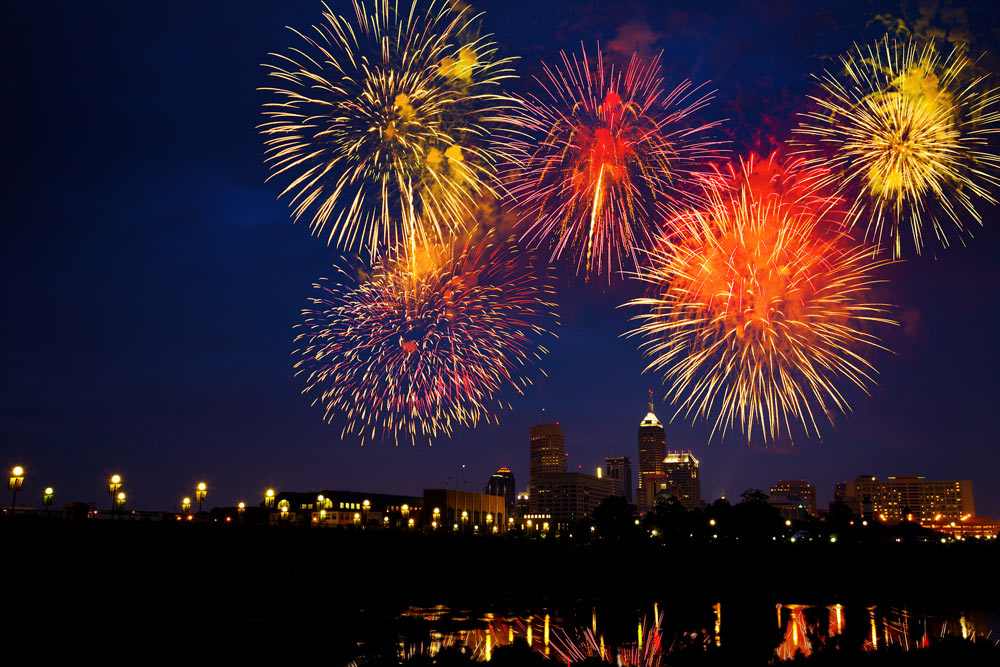
In this third of five features, to publish each day through July 4, LiveScience presents 10 important, obscure and fascinating facts about America's most patriotic holiday. [Read: 50 Fabulous Facts About the 4th of July: History of Independence]
Bristol's Fourth
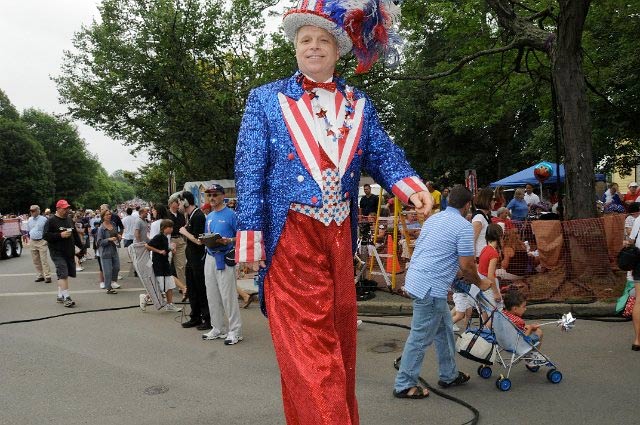
The Bristol Fourth of July Parade in Bristol, Rhode Island, is the oldest continuous Independence Day celebration in the U.S. The town has thrown the celebration every year since 1785.
Natural Fireworks
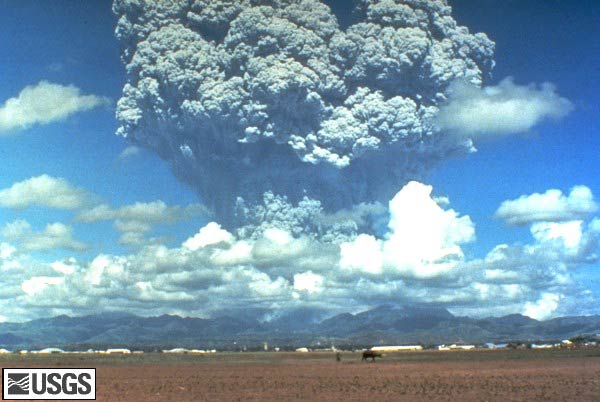
On June 12, 1991, the Philippines got an extra-large fireworks show as a backdrop to their country’s Independence Day celebrations: Mount Pinatubo, a volcano on the island of Luzon, blew its top in its first vertical eruption in centuries. July 4 used to be Independence Day in the Philippines because that was the day when Spain and the United States formally accepted the country’s self-government in 1946, but in 1964, historians and nationalists urged the Filipino government to instead commemorate General Emilio Aguinaldo’s 1898 proclamation that the Philippines was independent from Spain.
Storming the Bastille
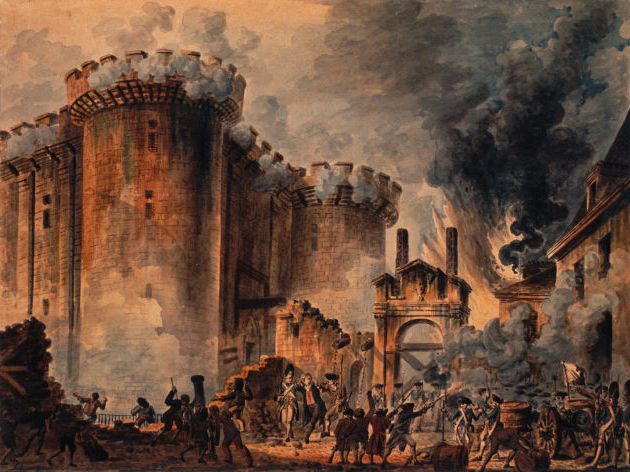
Other countries have their own “Fourth of July” events in which they celebrate their country’s independence. For instance, parades and festivals ensue on the streets of France on July 14 to commemorate the storming of Bastille, a prison in Paris, which initiated the French Revolution in 1789.
(Shown here: "The Storming of the Bastille" by Jean-Pierre-Louis-Laurent Houel.)
Delayed Celebrations
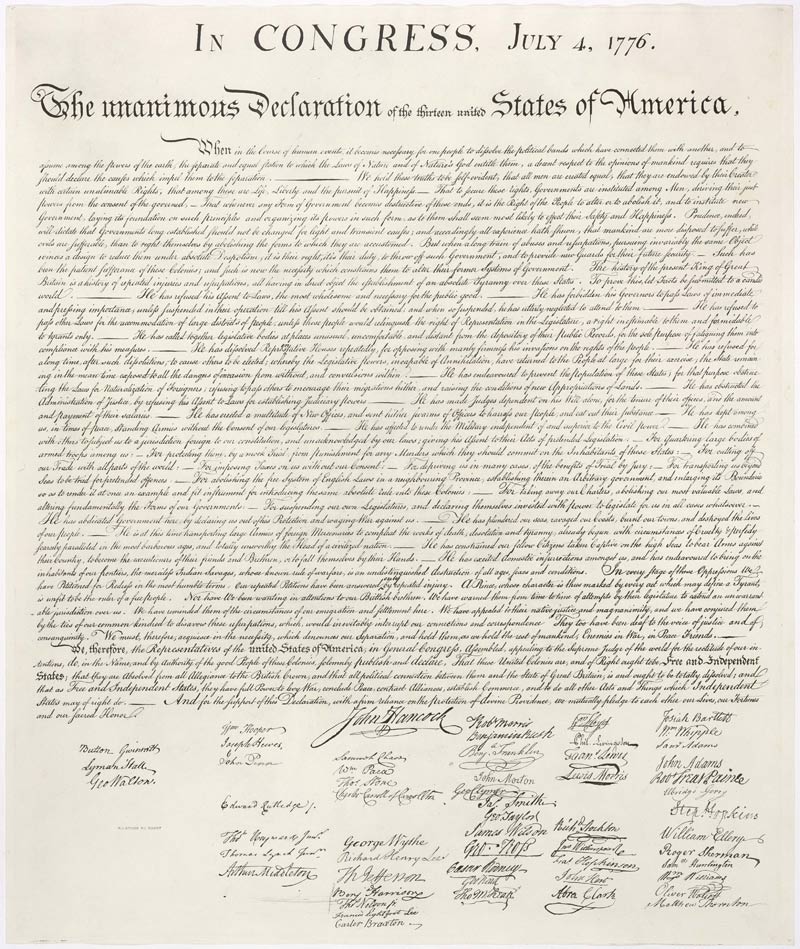
Although the Declaration of Independence was signed in 1776, Fourth of July celebrations didn’t become tradition until after the War of 1812.
Plug Uglies
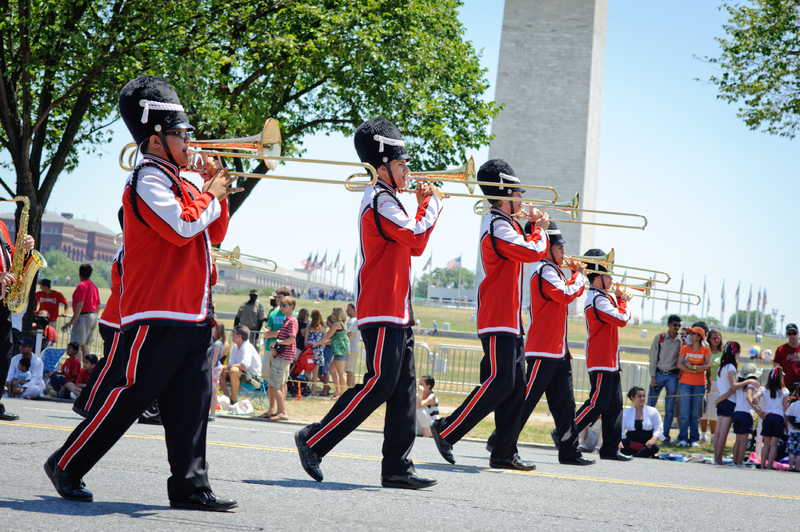
By the 1870s, July Fourth had become a big event, celebrated with a parade with floats, a band and a speaker. "First the speaker would challenge England to a fight and berate the King and say that he was a skunk. In the afternoon we had what we called the 'plug uglies' — funny floats and clowns who took off on the political subjects of the day," said Nettie Spencer, a pioneer from Portland, Ore., as reported by the Library of Congress.
Jubilee of Freedom
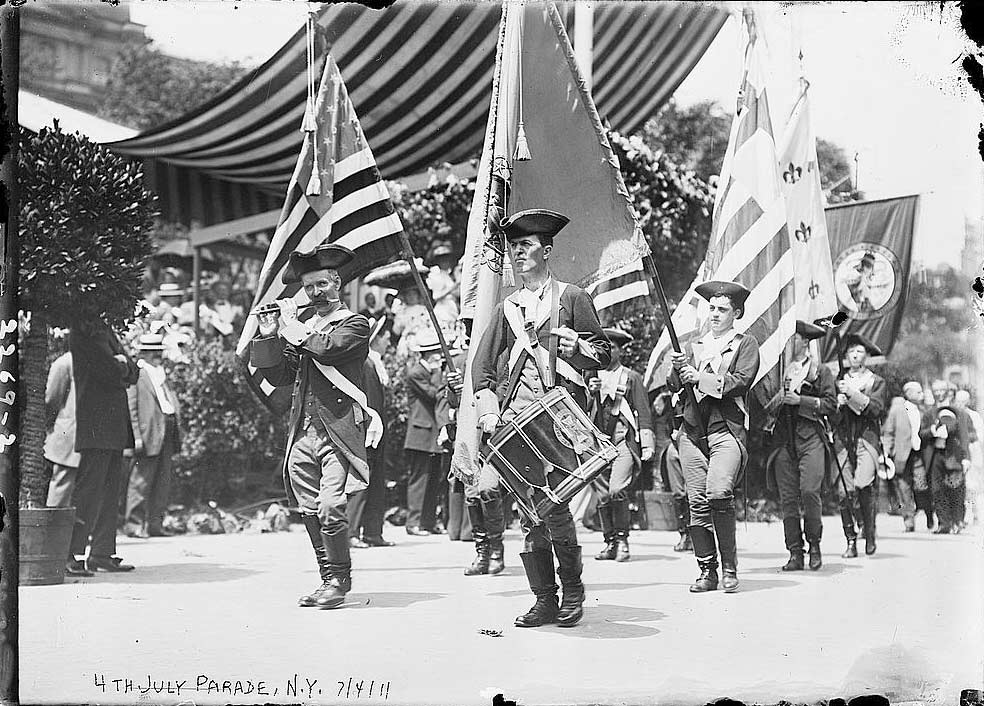
In 1826, Americans celebrate the 50th anniversary of the signing of the Declaration of Independence, called the Jubilee of Freedom event. On that July 4, two signers of the document, Presidents John Adams and Thomas Jefferson both die, according to PBS.
(Shown here: Fourth of July parade in New York in 1911.)
First Kick-Off
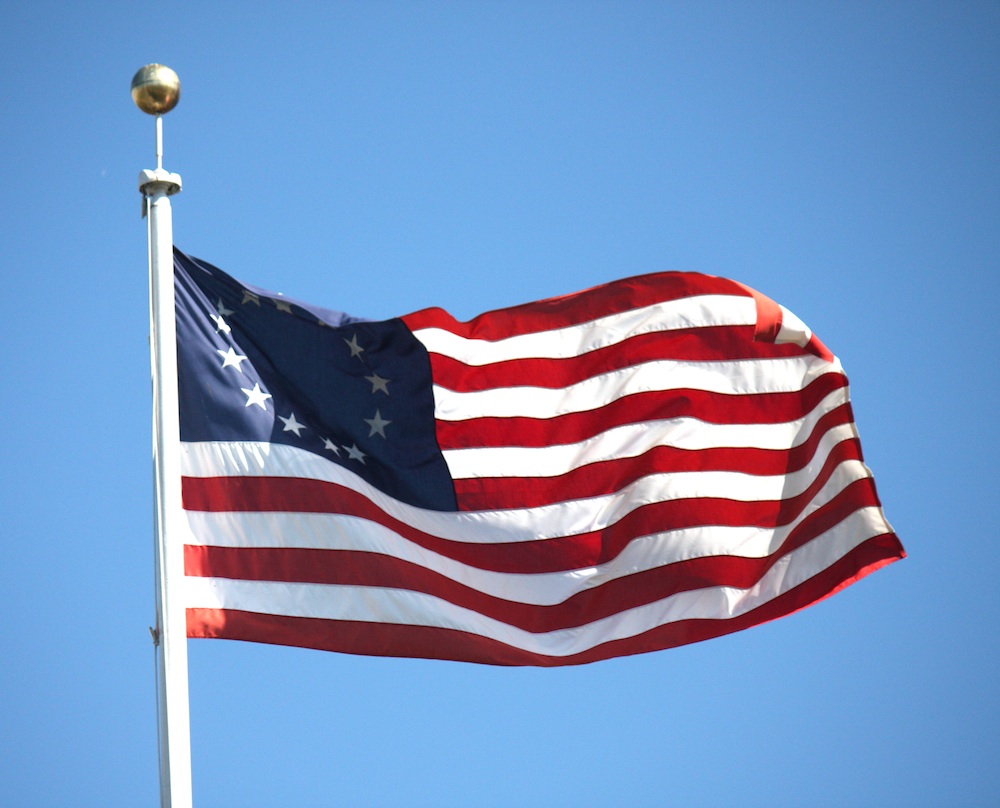
The first official celebration of the Fourth of July occurred in Massachusetts in 1781, and by the middle of the 1800s, states and territories routinely commemorated Independence Day.
Bison Burgers

Grills will be fired up across the country, with most holding hot dogs and hamburgers. But, according to food writer and author David Joachim, you can grill just about everything, and he has, from doughnuts to watermelon. Check out his recipe for juicy bison cheeseburgers.
The Iowa Connection
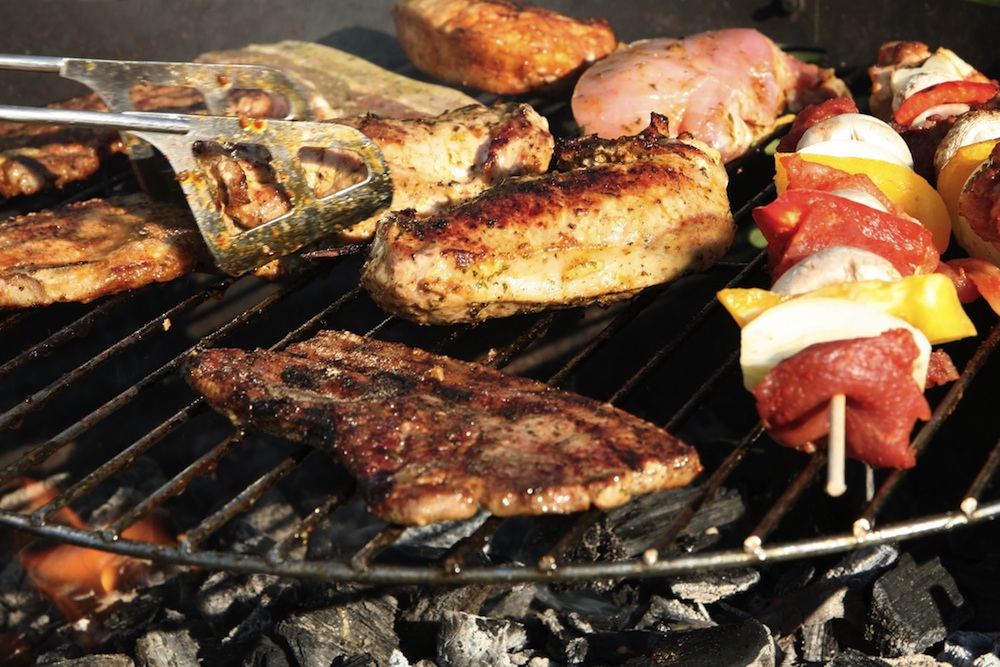
Didn’t think you had a connection with Iowa? There’s a one in four chance the hot dogs and pork sausages devoured in backyards across the country on July Fourth originated in the the Hawkeye State, which was home to 18.9 million hogs and pigs on March 1, 2010, according to the U.S. Department of Agriculture. (North Carolina, with 9.1 million hogs and pigs, and Minnesota, with 7.2 million, were the runners-up.)
Canada Day

Canada celebrates its independence day just three days before the United States. Originally, the July 1 holiday was called Dominion Day, and it memorialized the British parliamentary act that united Nova Scotia, New Brunswick and the Province of Canada into one colony called Canada. In 1982, when the Canada Act severed the vestiges of legal connection between Canada and the U.K., Dominion Day became Canada Day. As in the U.S., Canadians celebrate with fireworks, parades and flag-waving.
Sign up for the Live Science daily newsletter now
Get the world’s most fascinating discoveries delivered straight to your inbox.

Stephanie Pappas is a contributing writer for Live Science, covering topics ranging from geoscience to archaeology to the human brain and behavior. She was previously a senior writer for Live Science but is now a freelancer based in Denver, Colorado, and regularly contributes to Scientific American and The Monitor, the monthly magazine of the American Psychological Association. Stephanie received a bachelor's degree in psychology from the University of South Carolina and a graduate certificate in science communication from the University of California, Santa Cruz.










